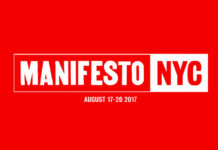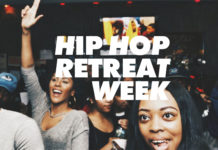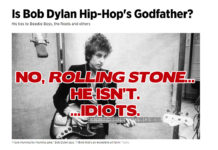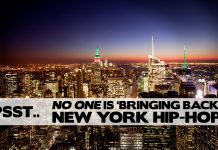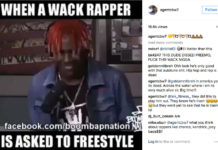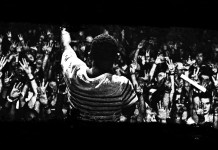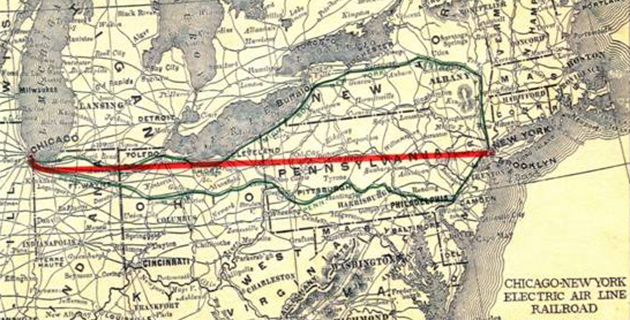It’s funny. Every time I have a conversation with a New Yorker about our hip hop scene, invariably our discussion will turn dark and depressing.
“You know, we’re not producing anybody that can compete right now.”
“New York is losing, we’re influenced by everyone else now.”
“Our sound is totally changed (most of the time, for the worst).”
“There are too many A$APs and not enough Bada$$es.”
I understand their concern. Just a little over four years ago, before I left New York City and State for the wide open Midwest, I felt the same way.
If you stop any random New York hip hop head on the street and ask them what it was like in the ’90s, he or she will recount to you how it was glorious. Every day Hot 97 would have some new information about beefs around the city, you would almost exclusively hear nothing but New York rappers on the radio, you could walk down the street and purchase the “next big thing’s” mixtape for just five bucks. Jay-Z, Nas, Mos Def, Talib Kweli, Ma$e, Camron, and later 50 Cent ruled the hip hop landscape. California was our only competition, and after the worst of the East Coast/West Coast beef had passed, it felt like smooth sailing.
Then, when all of us were sleeping, late one night, it all changed. Sounds from distant places like Atlanta, Houston, and the mecca of Jazz, New Orleans, started to force their way onto our radios. What was happening, who are these people? Why do they like snapping so much? What is the deal with this cough syrup?
And why are their beats so damn addicting?
I was starting school in Chicago in 2009, which naturally forced me to move out there. This was my first time being away from the East Coast, and all I knew about the Second City was that Lupe Fiasco, Common, and Kanye West loved it. I had to see what the whole fuss was about. Aside from the three rappers previously mentioned, I knew nothing about the Chicago hip hop scene. Now, this isn’t the time or the place to praise Windy City rappers, but I was pleased to find out that their scene was strong and vibrant. Residing in Chicagoland for four years really had an impact on me and changed my perspective towards New York rap, in an indirect way.
It’s undeniably true that New York underground artists have had a tough time making it mainstream. Save for a few, like A$AP Rocky, Joey Bada$$ (must be the dollar signs), or French Montana, New York rappers are pretty nonexistent on the radio. Unfortunate, but true. Well, when I started to delve deeper into the Chicago hip hop scene, the first thing I noticed was how many aspiring MCs there were. The ratio of well known rappers to dudes who are attempting to spit, has to be exorbitant. It seemed like every high school or block contained at least a dozen rappers. Still, only about three or four, in the whole scene, were actually big names. Recently, Chance the Rapper, Chief Keef, King Louie and Tree are making waves in hip hop, but there are thousands more vying for a spot at the big boy table.
This led to me the conclusion that in the Mecca of hip hop, New York, where there have to be literally millions of aspiring rappers, it is only natural that we have a very select few make it. New York hip hop fans have been spoiled, and I’m included in this as well. We are so use to having the entire landscape to ourselves, that when we have intruders we start to panic and reach for our shotguns. I have had conversations with older heads, who admitted to being nervous in ’93 when Californians were really making their mark on the radio and in clubs and parties. If that was happening way back in the “Golden Era,” it only makes sense that we would start doing the same now when more regions and countries are involved in the process of making the music. After all, we now have to share our commercial and social space with more people, which naturally limits the amount of stars each region can produce or put out there as viable stars. Therefore, the rise of A$AP and how far reaching his success is (especially compared to others stars from different places), should be a sign of encouragement for us all.
Through my Chicago listening travels, it became apparent that New York rap was still the launching place for most of the up and coming MCs. It has become almost cliché to mention the fact that you were influenced by Jay-z, Nas or Biggie. However, it is still vital to always bring up. Why? To show that the rapper understands hip hop, or at least what some would consider, classic rap. New York, being the birthplace of the entire genre, offers listeners ample opportunities to experience what traditional rap sounds like. Of course, unlike many New York artists, rappers in Chicago and elsewhere tend to add their own local flare to their music, often creating an exotic, engaging vibe. For example, Chance the Rapper, a buzzing, twenty year old rapper out of Chicago, tells stories in a very Slick Rick fashion, adds onomatopoeias reminiscent of Das Efx, but mixes in Chicago house- and juke-style beats in a way that only a person with an in-depth knowledge of both genres could do seamlessly. He could only be a product of the Windy City.
New York, on the other hand, is a local scene that went national and then global. While to the trained (just spend time with all of boroughs’ and Long Island’s music) ears, the boom bap sound that is often solely credited to NYC is incredibly varied, to a lot of people it all sounds the same. The local flare that other aspiring rappers from other regions add, is much harder to come by here. In fact, many attempting stylistic mutations find that such deviations may have already been done before.
I’m not saying that nothing new or original comes out of New York, not at all. What I’m trying to say is that it is incredibly difficult to create a difference that entices listeners to come back. I mean look at Joey Bada$$ (who I love). Essentially, his whole “unique” sound is that’s he is rapping over beats that could have come from the ’90s. It is still hard to sound different here, and to get other States to like your stuff. They have already heard it. For twenty-plus years. Which leads us to my third and final lesson learned.
The disdain for A$AP Rocky is natural for some New York hip hop heads. Many view him as a Judas.
“How dare you rap like a Houston dude, when you are really a kid from Harlem?”
“Why would you betray us like that? Really? For some money, dog?”
However, to me, Rocky is the natural progression of the genre as a whole.
Chicago is in the center of the continent, and literally everything flows in and out of its ports or rail lines. Especially when it comes to music and black culture as a whole, the Windy City has had its fair share of movements and moments. It developed Chicago Blues, which led to Gospel and Rock & Roll, then to Soul/R&B, which traveled around becoming disco, finally hitting the ears and bodies of teens in the South Bronx, giving rise to hip hop itself.
A little tangential, but I think it’s cool to see and understand our genealogy.
Anyways, even in Chicago rap there is no “Chicago Rap,” because so many styles have been imported in. Tree sounds like he should have been born in Atlanta. Chief Keef and King Louie make Southern-inspired trap music. Chance sounds like a New Yorker mixed with juke and Kids These Days hearken back to an early Roots vibe. They all take a little bit of what they liked and were influenced by, interpret it through their Chicago lenses, and create new sounds in the process.
The same can be said about A$AP and many others coming out of New York right now. They should be applauded. Gone are the days when all of the dudes were from your Borough or City. Now everyone is making music. It only makes sense, to me at least, that these artists would incorporate different styles into their acts and records. While I don’t think that this will always lead to positive results, it will create many unique sounds that have me excited for the future. New Yorkers should embrace the fact that more people are making the music, because it means more to take from, leading to more self expression.
Now I’m back home and it feels great. I’m constantly on the lookout for new artists, who might sound like New York boom bap, or might not. No matter what though, I take solace in the fact that I know in Chicago and elsewhere they are still looking towards old and new New York artists for inspiration or approval.
As I’m beginning to find out first hand, New York is up to the challenge.
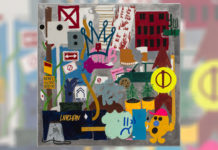
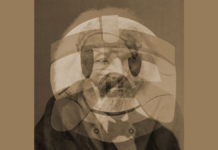
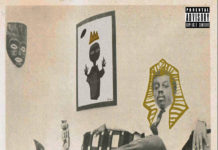
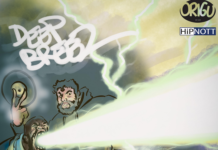
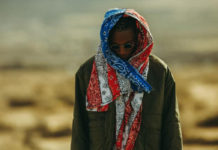
![The Underachievers – Crescendo [VIDEO]](https://www.birthplacemag.com/wp-content/uploads/2017/08/hqdefault-2-218x150.jpg)


![Fat Joe & Remy Ma ft. The-Dream – Heartbreak [VIDEO] Fat Joe Remy Ma The Dream - Heartbreak Video](https://www.birthplacemag.com/wp-content/uploads/2017/05/fat-joe-remy-ma-218x150.jpg)
![JSWISS featuring Chandanie – LML [VIDEO] JSWISS featuring Chandanie - LML [VIDEO]](https://www.birthplacemag.com/wp-content/uploads/2017/05/JSWISS-218x150.jpg)
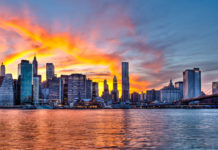
![Akinyemi Ends Summer With “Summers” EP Release Show [9-17-17] Akinyemi 'Summers' EP release show at Brooklyn Bazaar](https://www.birthplacemag.com/wp-content/uploads/2017/09/summers-featured-218x150.jpg)
![4th Annual NYC VS EVERYBODY Yacht Party [9/16/17] #VSYacht 4th annual NYC VS Everybody Yacht Party#VSYacht](https://www.birthplacemag.com/wp-content/uploads/2017/09/vsyacht-218x150.jpg)
